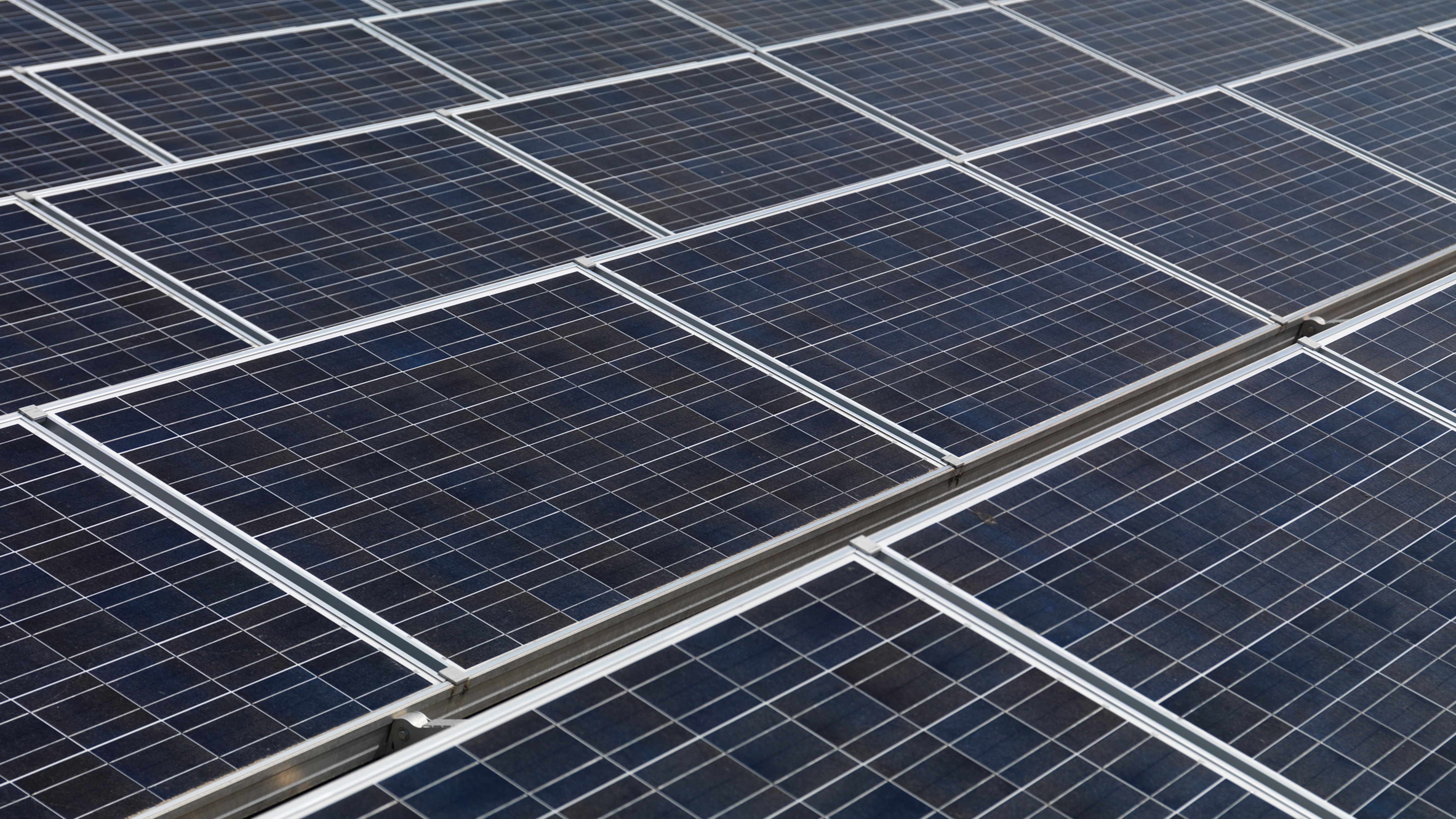Solar Charging System – How to Identify Parts

Solar charging system – Lets build it
Now that you have figured out the size of your system with the last post, Solar where to start, the next question would most likely be what do I need to make up an RV solar charging system. Well that is what this post is all about. So lets learn what makes up your potential RV or off-grid alternative energy solar system. Lets start putting it together.
Panels
Solar panels in simple terms absorb light and convert it into electricity. They consist of a series of assembled solar cells ranging in different sizes and various electrical specifications. A solar cell, being the basic root of a solar panel is derived from silicon and transformed into a semiconductor performing two jobs, an insulator and electrical conductor when exposed to the sun. Multiple solar cells are assembled to create the entire panel.
What we use
We use as a base for our solar charging system a couple of different brands of panels. Renogy and HQST. Some say it is not a good idea to mix and match panels but we have found they both have similar specifications and work fine together. Both brands have produced equally without issues.

Charge controller
Solar charge controller do exactly as the name implies. Control (regulate) the power the solar panels absorb from the sun. It is built of a series of sensors that oversee the system as a whole by determining the battery status to keep them from overcharging and adjust the flow of energy based on needs the battery or batteries are in need of based on load and discharge rates. A quick example would be first thing in the morning and your batteries are low due to the overnight usage and the sun is high in the sky the controller would take as much energy it can from the panels and work on recharging the batteries safely then after time the batteries become recharged to its full capacity then the controller will regulate to maintain the batteries to keep up with the demand. This all happens through a series of set algorithms.
What we use
We use for Renogy for our solar charge controller and it works great for us. For instance, it has a Bluetooth add-on which helps us see how much energy we are producing as well as how much battery power we have. For example, while off-grid we may have to run the furnace overnight, well that is quite the energy suck and will quickly discharge your batteries. Having that BT adapter tells me without even getting out of bed that the batteries might be low. That’s when we go from electric coffee pot to perked coffee on the gas cooktop. This system in our opinion works great for our needs and is small enough to fit in smaller spaces. Be sure to have good ventilation for it can get pretty warm.

What do these two solar charging components get you?
These two items described above can only solar charge the batteries. What does this men? These items by themselves charge the battery or batteries. Batteries will be the subject that is going to require more detail so that will be a subject for another day. These two items will keep your lights on, keep your 12volt refrigerator running, water pump pumping and work your awnings and slides. That is about it. Important stuff, right? It is all defendant upon the battery’s capabilities.
If you want to run more than that you’ll need to look into inverters and batteries. Which will also be a part of the discussions to come. When you buy a bare bones RV, the manufacturer only provides enough battery and power needs for basic necessities for very short periods of time. In short typically they want you to get to an RV park and plug in. Or live more simply than most people are used to. You know, CAMPING?
Stay tuned for the next segment on Batteries.